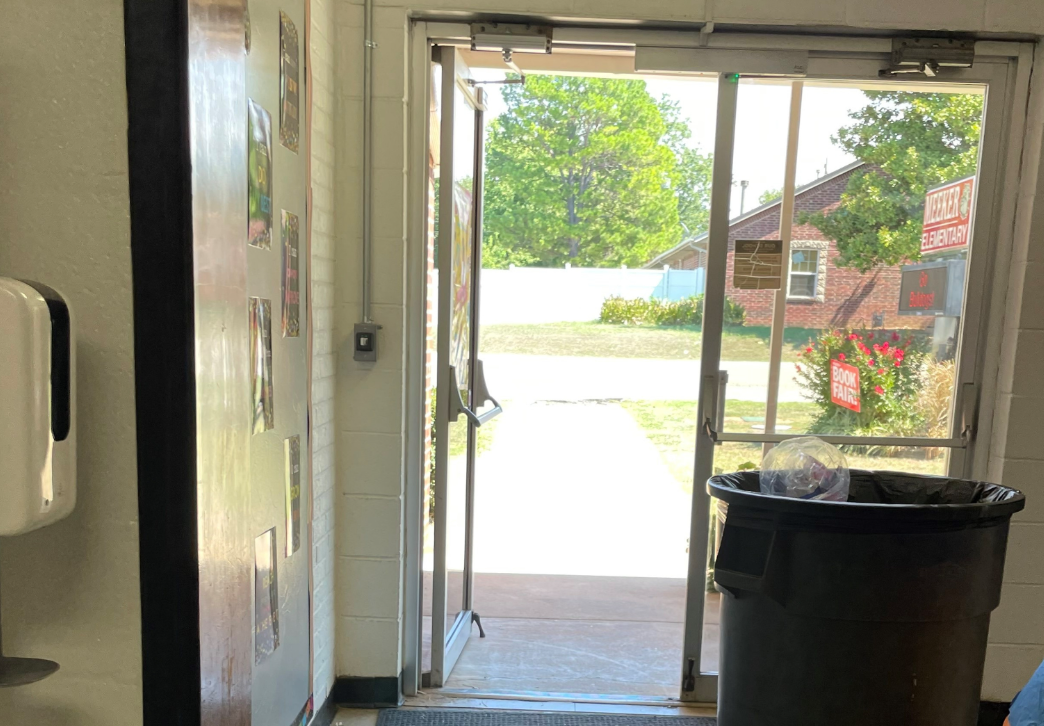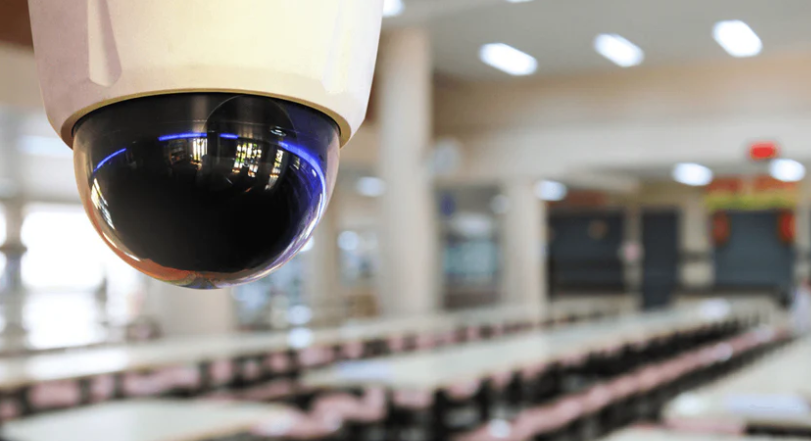By: Chris Skinner, Director of Security Technologies
(This article originally appeared in Campus Safety Magazine.)
Anyone who pays attention to the news cycle has likely been inundated with stories about a sharp rise in active shooter incidents in American schools. According to the FBI, active shooter events in the United States rose by 52.5% from 2020 to 2021, resulting in 243 total casualties (103 killed, and 143 wounded). And while we don’t yet have access to its 2022’s active shooter findings, Everytown Research reports there were at least 177 incidents of gunfire on school grounds last year (57 killed and 148 injuries). This figure is down from the prior year, but significantly higher than any other year in the last decade.
While disheartening, these figures are still very small relative to the way they dominate headlines and attract national attention. Unfortunately, however, while active shooter events are rare, a general lack of preparedness for threats on campus is much more common.
It can be difficult to imagine something so horrific taking place in your community, at your school, and affecting people you know. But the heartbreaking reality is that in the aftermath of each tragic incident, you will hear the same sentiment expressed repeatedly:
“I can’t believe it happened here.”
As a parent of young children, I hope never to hear these words in the communities I live and work in. However, as a security integrator, I am all too familiar with the ways in which the current paradigm in school safety is falling short. With that in mind, there are several high-impact steps most schools can take in order to better protect students, starting with some low-hanging fruit.
Minimize Points of Entry
Much has been made of the fact that the gunman in the Robb Elementary School shooting in Uvalde, Texas, entered the building through a door that was designed to be locked from the outside — an inherent flaw that is easily identifiable as a problem. However, this should shine a light on a key point lost in much of the discussion about the “hardening” of school buildings: at any given time, it is distressingly common for a number of a school’s exterior doors to be unlocked altogether.

As a general rule, most school policies mandate that exterior doors (apart from the main entrance) remain locked during school hours. However, if employees or faculty neglect to re-lock doors upon entering the building and no automatic re-locking mechanism is in place, there is now an uncontrolled potential point of entry. At a minimum, the correct lock function should be designed for all exterior doors. Ideally, this should also be supported by some sort of credential-based access control, to account for variables like missing keys or disgruntled former employees.
Keep a Closer Eye on the Main Entrance
Another huge issue with the dialogue around hardening schools is too much focus on the idea of a heavily-armed intruder breaching the exterior. A Government Accountability Office report on K-12 school shootings found that half are committed by current or former students — people who don’t inherently trigger the “You’re not supposed to be here” impulse from faculty and employees. There isn’t reliable data on the number of K-12 schools currently using sensors and other forms of weapon detection at the main entrance, but anecdotally, my experience is that it is still uncommon. Many view it as a needless invasion of the lives of young people.
However, modern weapon detection is much less disruptive than traditional metal detectors. The AI-powered sensors allow for much faster traffic flow and avoid unnecessary intrusion, like bag searches for what often turns out to be a harmless personal item. These sensors, as well as other tools like analytics-equipped surveillance cameras, can provide life-saving information. Early detection allows the school and authorities to respond immediately with timely intervention and emergency communication rather than having to respond reactively to shots fired.
Leverage Technology to Minimize Harm and Empower First Responders
Suppose in the event of an active shooter, the school’s security system automatically locks down classrooms, or entire wings of the building in order to contain the threat. Simultaneously, the school’s emergency communication system provides clear and audible notifications to students and faculty, allowing them to carry out emergency protocols as safely as possible.
Meanwhile, the school’s video management system (VMS) pushes surveillance feeds to the police in order to provide visibility into the school, and communicate actionable information to officers about what is happening inside the building. Using geofencing, police body worn cameras begin transmitting to the server instantly upon entering the premises, providing real-time status and location updates.
Rather than gathering outside the building with limited or outdated information, first responders have a clear and accurate idea of the shooter’s location, potential casualties, and the locations of students and faculty. They are empowered to assess the possible impact of every method of entry and act more quickly and decisively, limiting harm and saving lives. The technology to execute this response plan currently exists and is commercially available. As these solutions become more accessible due to rapid development and the trickle-down effect, a unified security platform should become the standard in our schools.
Create a Culture That Prioritizes Safety
The work doesn’t start or end with installing powerful technological security solutions. Bring in outside help to assess the inherent risk factors of your building, and analyze your preparedness. Don’t just go through the motions of generic active shooter drills; conduct realistic simulations with the help of police and other first responders.
Above all, understand that this type of culture requires more than a one-time investment of money, time, and energy. Rather, it needs to be actively maintained and ingrained into the school’s environment. For many schools and school districts this represents a fundamental shift in mindset.
I understand the reticence to make drastic changes and am certainly sympathetic to the feeling that it is sad our children must be subjected to this level of vigilance and security. But at the end of the day, our schools are just as responsible for protecting students and providing a safe environment as they are for educating them. It is vital to continually re-evaluate how we can best achieve that goal and act accordingly.



